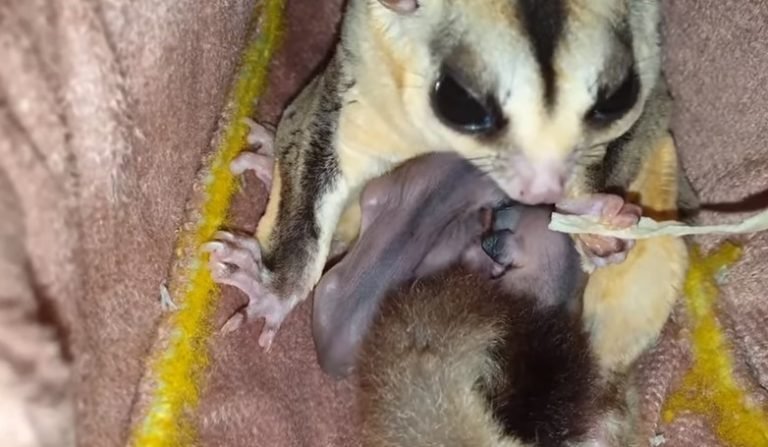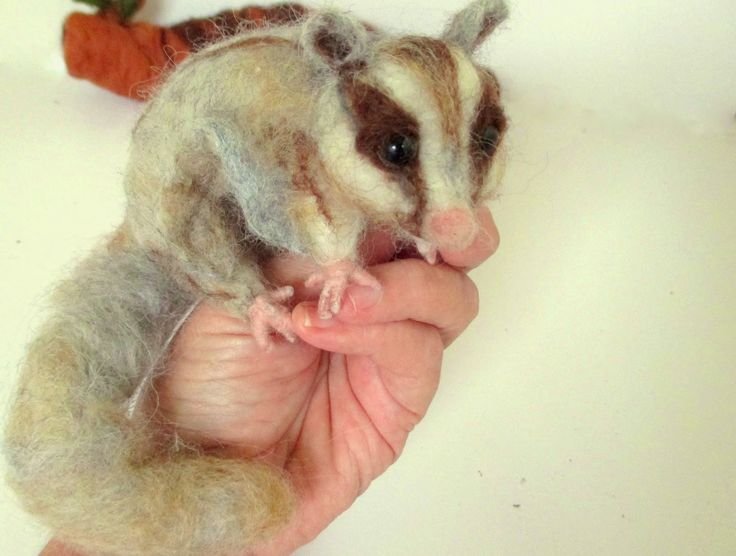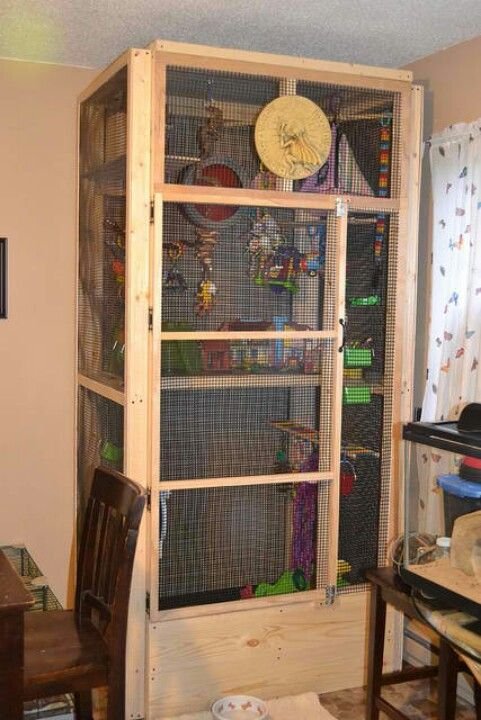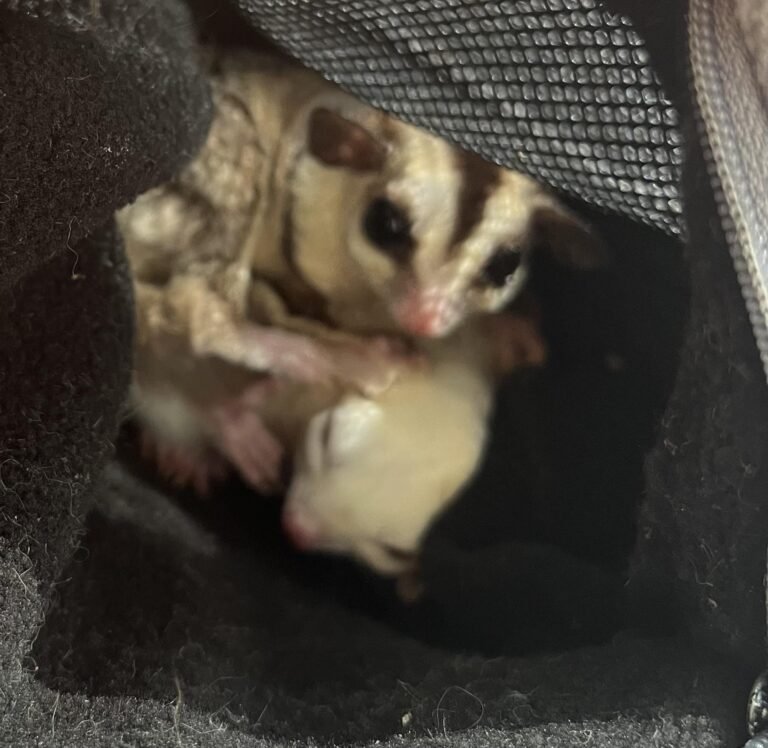How Do I Know If My Sugar Glider Is Dying
How do I know if my sugar glider is dying?
If you’re a sugar glider owner, you undoubtedly care deeply for your adorable furry friend. Sugar gliders are social and energetic creatures, and it can be distressing to see them unwell or exhibiting signs of decline. While it’s always best to consult with a qualified veterinarian to diagnose and treat any health concerns, there are some signs you can look out for that may indicate if your sugar glider is nearing the end of its life. In this article, we will explore the various signs that may suggest your sugar glider is dying and steps you can take to ensure their well-being.
Sugar Glider Lifespan
Sugar gliders typically have a lifespan of 10 to 15 years in captivity. However, just like humans, they can experience a decline in health as they age. It’s important to be aware of their normal behaviors and be vigilant for any changes that may indicate illness or decline.

Signs of Deteriorating Health
1. Weight Loss
One of the most common indicators of a declining sugar glider is significant weight loss. As gliders age or face illness, they may lose their appetite or have difficulty eating, leading to a noticeable drop in weight. Regularly monitor your sugar glider’s weight and consult a veterinarian if you observe a significant, unexplained decrease.
2. Reduced Activity Level
Sugar gliders are known for their high energy levels, and a sudden decrease in activity may be cause for concern. If your glider is no longer engaging in its usual playfulness or is spending more time sleeping, it could be a sign of deteriorating health.
3. Changes in Appearance
Pay attention to any changes in your sugar glider’s physical appearance. This includes dull or discolored fur, open sores, lumps, or growths. These changes may indicate underlying health issues that need to be addressed promptly.
4. Respiratory Issues
If you notice your sugar glider struggling to breathe or making wheezing sounds, it could be a sign of respiratory distress. Respiratory issues in sugar gliders can be serious and should be evaluated by a veterinarian as soon as possible.
5. Loss of Coordination
Loss of coordination or difficulty in movement can be indicative of neurological issues or muscle weakness. If your sugar glider is having trouble climbing or walking, it’s essential to seek veterinary attention.
6. Lack of Interest in Food and Water
Sugar gliders typically have healthy appetites, so a sudden lack of interest in food and water is a worrying sign. Monitor your glider’s eating and drinking habits closely, as a decline in these areas can indicate underlying health problems.
Quality of Life Considerations
Determining the quality of life for a sugar glider can be subjective, but it’s an important factor to consider when assessing their well-being. Ask yourself the following questions:
1. Is the glider in pain?
If your sugar glider is in constant pain or discomfort and medications or treatment options are limited, it may be worth considering their quality of life.
2. Can the glider still engage in natural behaviors?
Sugar gliders are highly active and social creatures. If their health deteriorates to the point where they can no longer engage in their natural behaviors, it may be a sign that their quality of life has significantly diminished.
3. Is the glider still able to interact with its owners?
If your sugar glider is no longer interested in interacting with you or shows signs of depression, it can indicate that they are not enjoying a good quality of life.
Seeking Veterinary Care
If you observe any of the warning signs mentioned earlier or have concerns about your sugar glider’s health, it’s crucial to seek veterinary care promptly. A qualified exotic animal veterinarian will be able to provide an accurate diagnosis, prescribe appropriate treatment, and offer guidance on how to best support your glider’s well-being.
Frequently Asked Questions
1.What is the average lifespan of a sugar glider?
In captivity, sugar gliders typically live for 10 to 15 years. However, some gliders may live longer with proper care and a healthy lifestyle.
2.Can sugar gliders die from stress?
Yes, sugar gliders can be susceptible to stress-related health issues, which can ultimately lead to their death. It’s important to create a stress-free environment for them and handle them properly to prevent unnecessary stress.
3.Can sugar gliders die from loneliness?
Sugar gliders are social creatures that thrive in the company of other gliders. While they can survive alone, their quality of life may suffer, leading to stress-related health issues if they don’t have companionship.
4.How can I provide the best care for my sugar glider?
To provide the best care for your sugar glider, make sure they have a proper diet, a sizeable cage that allows for physical activity, mental stimulation, and regular veterinary check-ups. It’s also important to provide them with social interaction, either through bonding with their human caregiver or by having a companion glider.
Final Thoughts
Caring for a sugar glider involves being attuned to their overall well-being and recognizing when they may be in distress. If you suspect that your sugar glider is dying, it’s important to consult with a veterinarian who specializes in exotic animals. By monitoring their health, seeking veterinary care, and providing a safe and stimulating environment, you can ensure the best possible quality of life for your beloved sugar glider.






